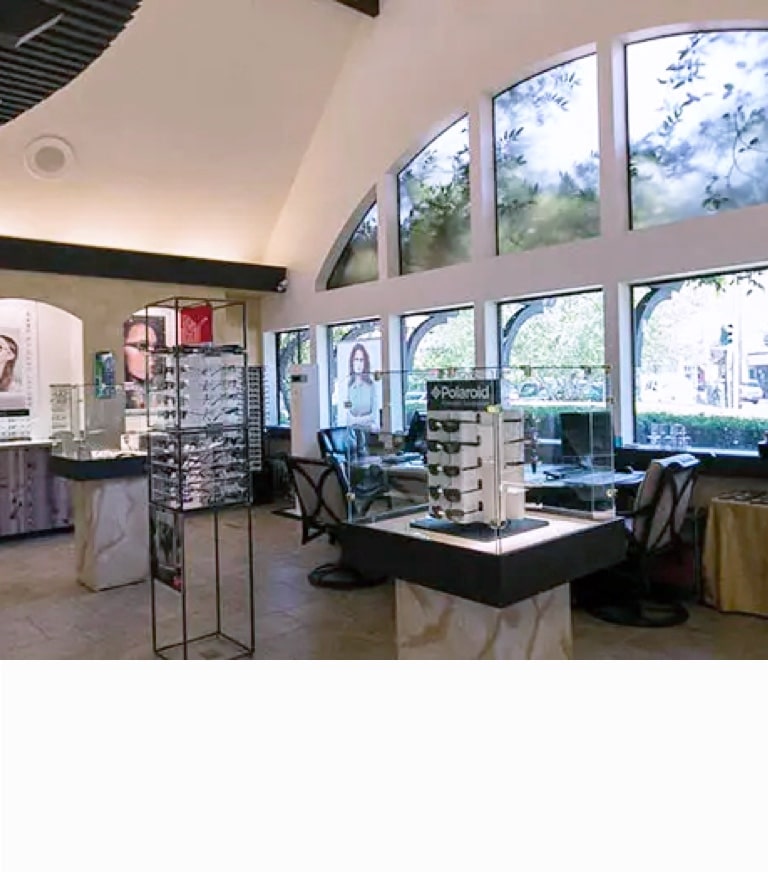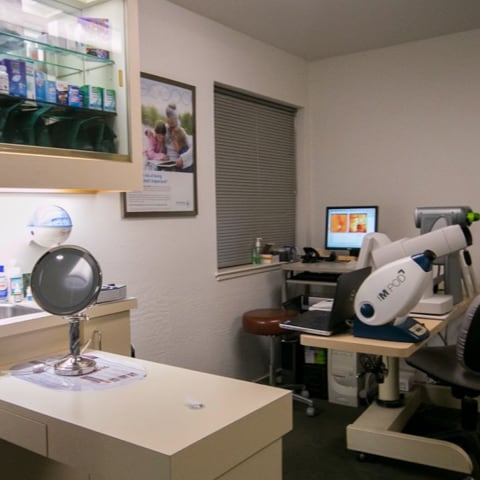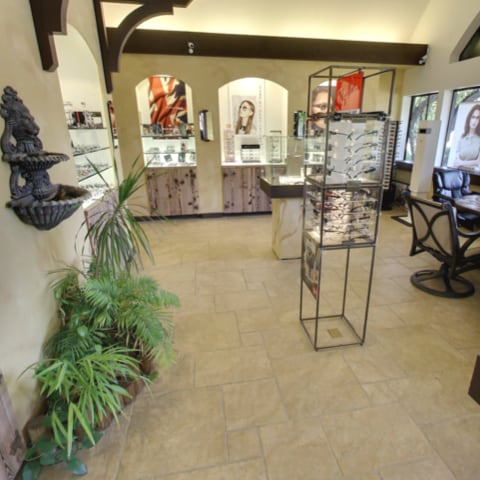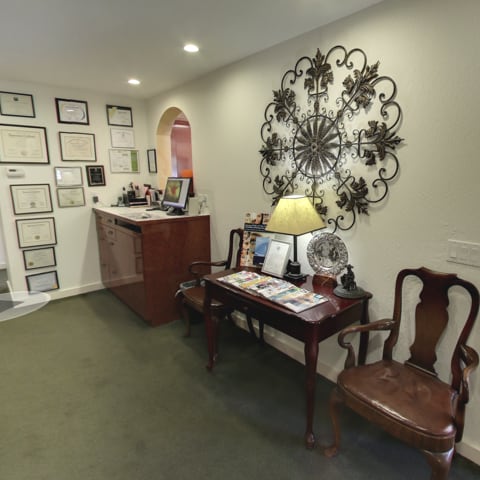
We’re Here to Help
Welcome to Mt. Tam Optometric Center! Here, we’ll always go above and beyond to provide you with friendly, professional, and comprehensive eye care.
No matter your vision needs, you can trust that you’re in good hands. Whether you need a regular eye exam or need help managing a more serious condition, our team is here to protect, preserve and enhance your vision.
Request an Appointment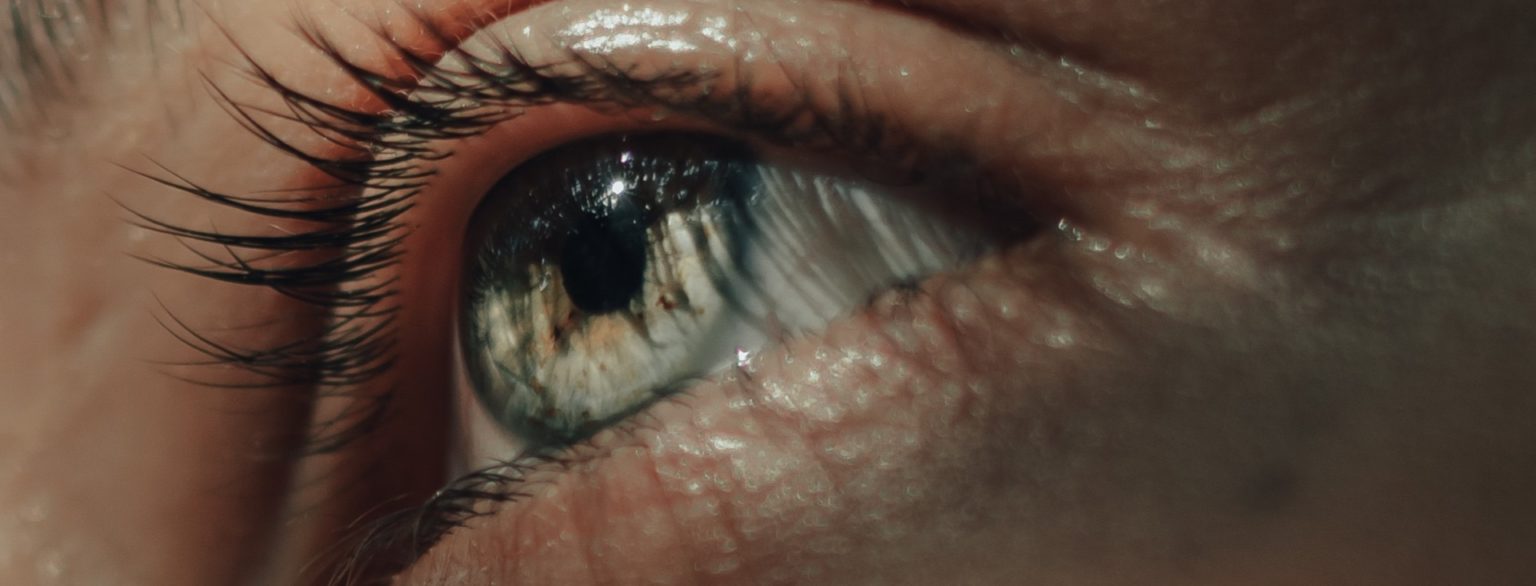
Managing Dry Eyes with OptiLight
If you suffer from dry, irritated, or uncomfortable eyes, our team is here to help. We rely on a combination of our teams’ expertise and state-of-the-art technology to bring you relief from your symptoms.
At Mt. Tam Optometric Center, one of the advanced treatments we use is OptiLight by Lumenis. OptiLight is a light-based, non-invasive treatment to manage and reduce dry eye symptoms. Visit us today to see if OptiLight can help you!
Our Location
Mt. Tam Optometric Center is located in San Anselmo, on the corner of Suffield Ave. and Sir Frances Drake Blvd. If you are having trouble finding us, please give us a call!
Our Address
- 1604 Sir Francis Drake Blvd.
- San Anselmo, CA 94960
Contact Information
- Phone: 415-453-8906
- Fax: 415-453-0156
- Email: [email protected]
Our Hours
- Monday: By Appointment Only
- Tuesday: By Appointment Only
- Wednesday: By Appointment Only
- Thursday: By Appointment Only
- Friday: By Appointment Only
- Saturday: By Appointment Only*
-
Sunday:
By Appointment Only
*Includes the first and third Saturday of the month
Our Brands
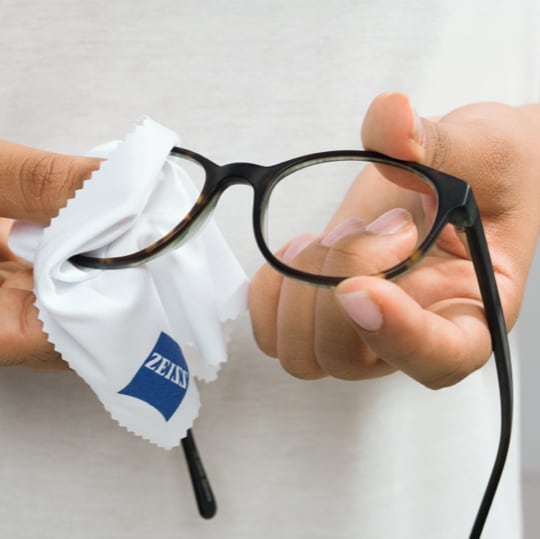

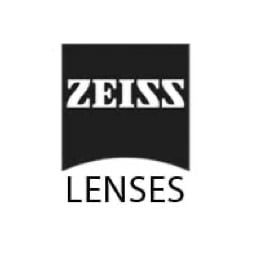
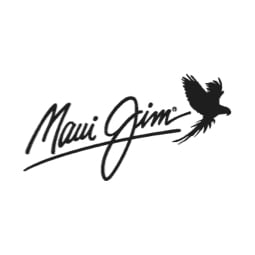
Our Google Reviews
Our Blog
5 Myths About Contacts Lenses You Shouldn’t Believe
Eye Health and DiseasesThinking about giving contact lenses a try but nervous they might not be right for you? Although the only guaranteed way to have a positive experience with contact lenses is to schedule an appointment with one of our eye care professionals, we want to address some of the common myths we hear about wearing contact […]
The Why Behind Color Eyewear Lenses
Eye Health and DiseasesWhile we love colored eyewear lenses as an opportunity to make a bold fashion statement, that’s not all they can do. A different lens color for your eyewear or sunglasses can help filter light differently to fit your unique needs best. Unsure if you could benefit from a pair of colored lenses, read below! Whether […]
How Eating Healthy Affects Your Eyes
Eye Health and DiseasesThe foods and vitamins you consume affect your body’s overall health, including your eyes. With a healthy diet and lifestyle, the likelihood of developing some eye diseases and health disorders dramatically decreases. With a few simple steps, your body will thank you later! Eating Healthy Foods One of the best things you can do is […]
5 Myths About Contacts Lenses You Shouldn’t Believe

Thinking about giving contact lenses a try but nervous they might not be right for you? Although the only guaranteed way to have a positive experience with contact lenses is to schedule an appointment with one of our eye care professionals, we want to address some of the common myths we hear about wearing contact […]
The Why Behind Color Eyewear Lenses

While we love colored eyewear lenses as an opportunity to make a bold fashion statement, that’s not all they can do. A different lens color for your eyewear or sunglasses can help filter light differently to fit your unique needs best. Unsure if you could benefit from a pair of colored lenses, read below! Whether […]
How Eating Healthy Affects Your Eyes

The foods and vitamins you consume affect your body’s overall health, including your eyes. With a healthy diet and lifestyle, the likelihood of developing some eye diseases and health disorders dramatically decreases. With a few simple steps, your body will thank you later! Eating Healthy Foods One of the best things you can do is […]
